Located at the extreme western end of Lake Ontario, the city of Hamilton sits on a large, shallow bay which is connected to the big lake by the Burlington Ship Canal. The canal – 385 feet (118 m) wide and 4,594 feet (1.4 km) long – always has some sort of current flowing through it, whether driven by winds or simply draining the multitude creeks which feed the bay, so it’s a natural gathering point for a variety of birds. It’s protected by two long piers – one on either side – which extend for some distance into the lake.
A mid-July errand took me fairly close by the canal, so I decided to stop in for a look. As with every visit, this one was thoroughly rewarding.
The picture pretty much sums up the canal – big ships, pleasure boats (this one obviously ignoring the 10 mph speed limit) and the occasional jumping fish.
As luck had it, my arrival coincided with that of a large lake freighter, the M/V Kaministiqua. This was good news, since the huge ship passing through the canal would attract a lot of birds. Big freighters might extend 25 feet or more into the water, and the canal is barely 30 feet deep. As they pass through they tend to stir things up, ringing the dinner bell for the birds and large fish that tend to follow them around.
As the ship approached, the locals began to stir. At this time of year the canal is mostly occupied by herring gulls, common terns and double-crested cormorants. Swarms of them follow the freighters, and as the ship drew closer, more and more birds took to the air.
Lake Ontario has more than its share of cormorants. Thanks to much improved water quality, their numbers have rebounded sharply in the past 20 years after declining steadily through much of the 20th Century. I was quite happy to watch one take advantage of the passing freighter, fly into the canal, and promptly catch itself a round goby – an invasive species of fish that came to the Great Lakes from Europe several years ago, ironically enough by hitching rides across the Atlantic in the ballast water of freighters. Gulls and terns picked stunned fish from the water surface all around me, closely following the big ship.
With the excitement of the passing freighter over, I turned my attention from the canal to the lake, where a number of ducks and geese were loafing along the shoreline. The ducks were all mallards, including some fairly scruffy looking males not quite finished replacing their beautiful breeding plumage with drabber summer feathers. All around me ducks were alternately bathing in the shallow water or enjoying the fresh vegetation. A woman with two small children was watching them tip up to feed, her boys clearly delighted with being repeatedly mooned by the feeding ducks, giggling and pointing out “Look at his bum!” over and over. It was quite cute, really.
There were more ducks and geese feeding along the harbour end of the canal, along with several swans, including introduced mute swans and the native Trumpeter swans. Most of the birds were clearly banded, as part of an ongoing effort to monitor their population and breeding success. Like the cormorants, swans on the Great Lakes have also been experiencing a resurgence thanks to ongoing water quality initiatives. Hamilton Harbour was once among the most seriously polluted spots on the Great Lakes and, although much work remains to be done, the changes today are unmistakable. The appearance of swans, terns and literally thousands of cormorants in a highly commercialized area speaks to the success of these habitat improvement programs.
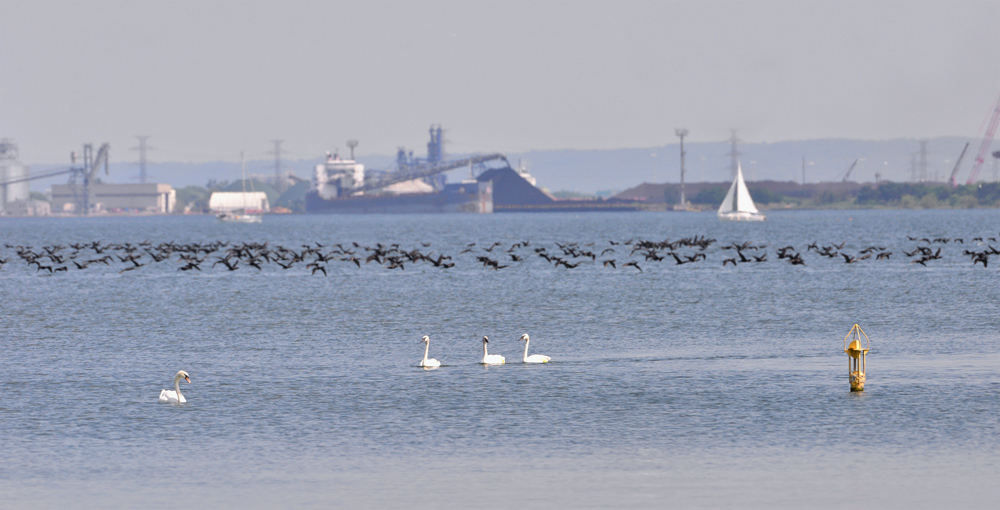
The harbour is still an active shipping port, but the success of habitat restoration efforts clearly evident.
Walking back to the truck I found myself accosted by two other locals – friendly grey squirrels and some house sparrows that are known to hang out along the path in the hope of getting treats. Although they put on a good show, I had nothing for them. That’s when it occurred to me that I hadn’t seen any pigeons yet. In the past there were clouds of them. Now, not a one. Evidently, the appearance of a peregrine falcon nest on one of the canal bridges has made an impact.
All in all my side trip to the Burlington Ship Canal was, as always, an enjoyable little diversion. I’m looking forward to returning in the fall, when it attracts large numbers of migrating waterfowl.



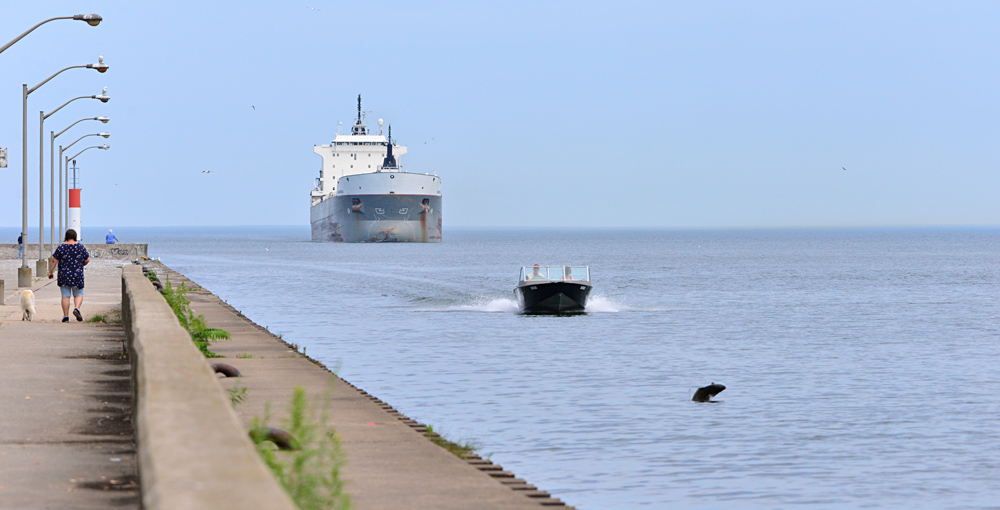
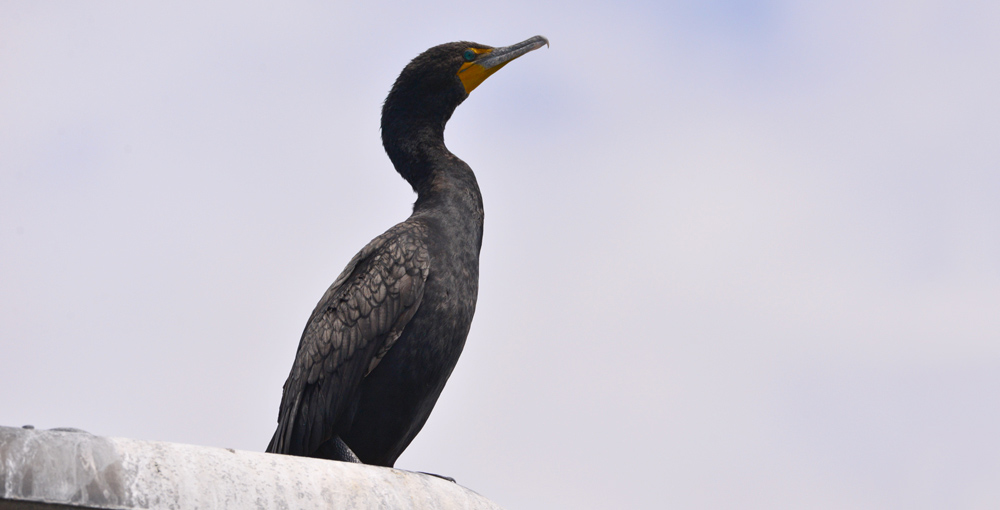
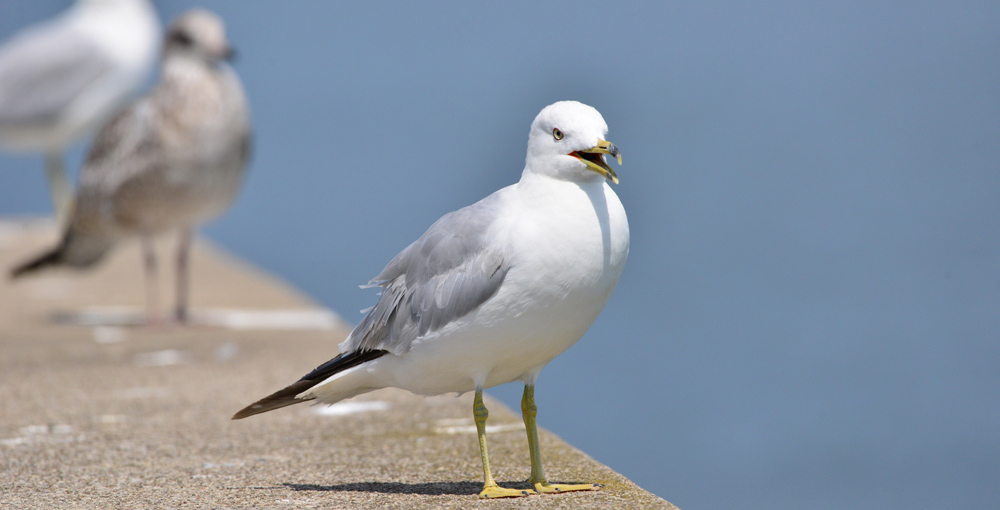
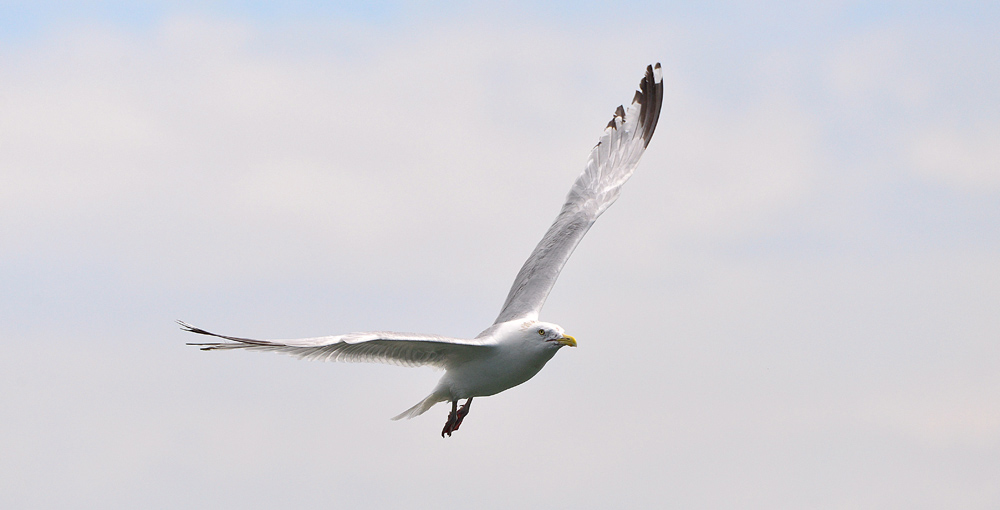
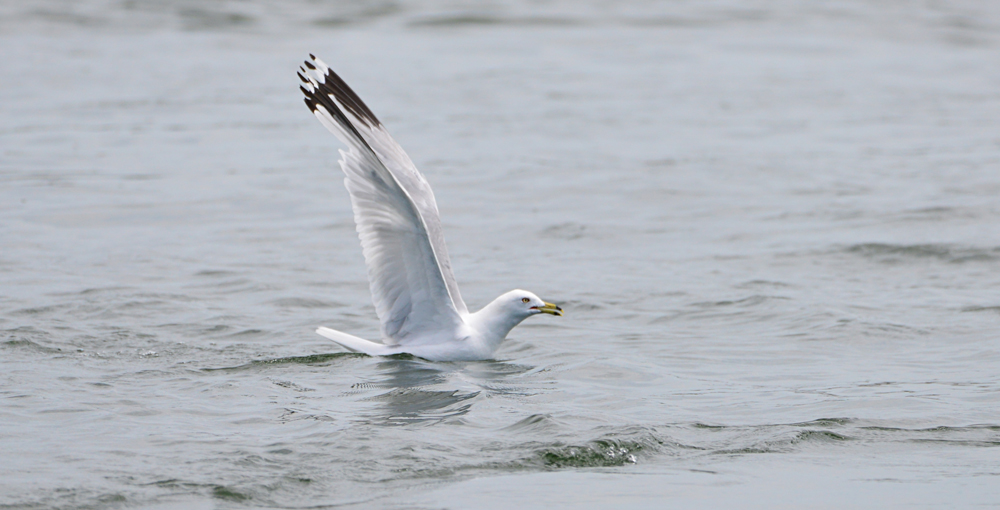
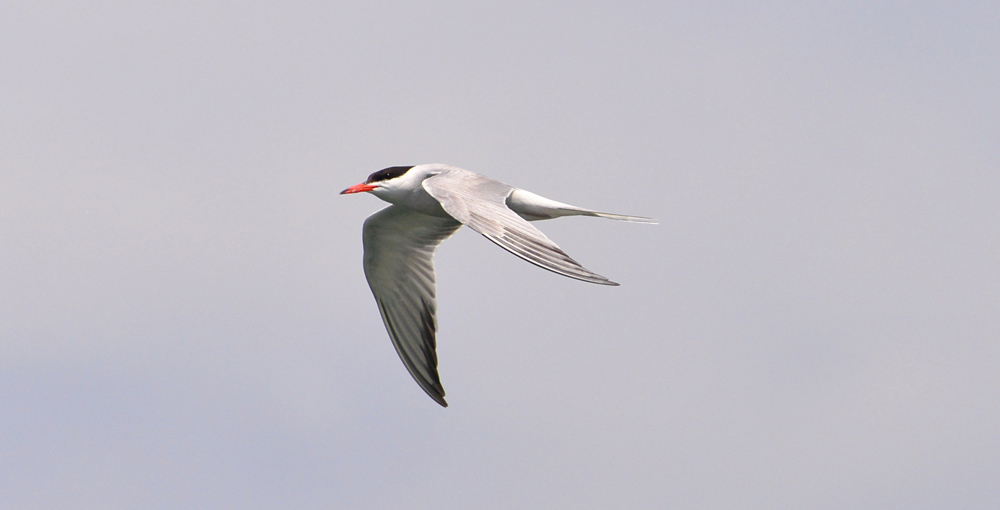
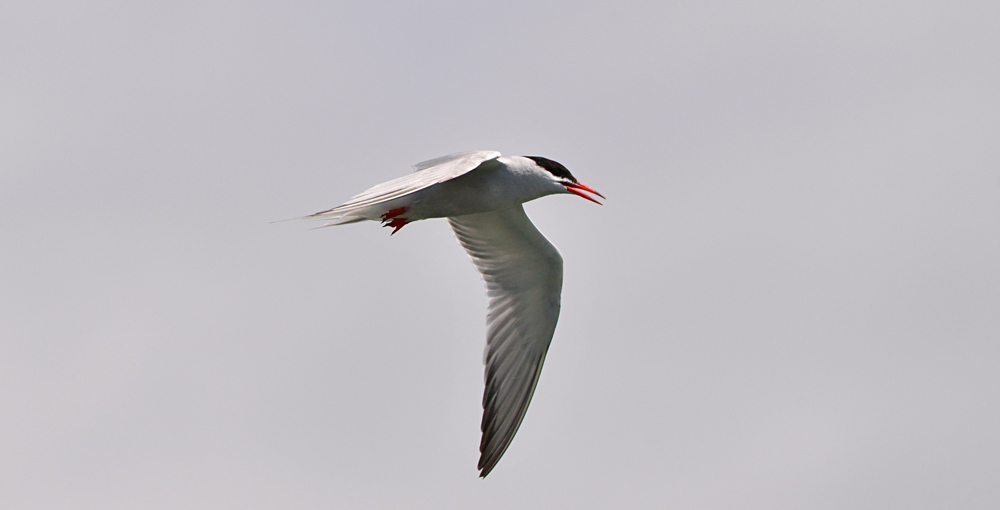
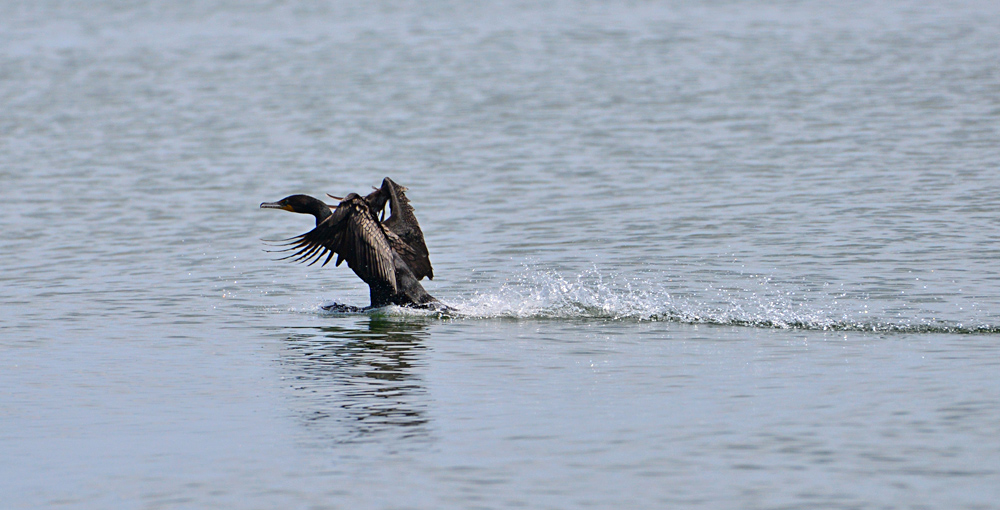
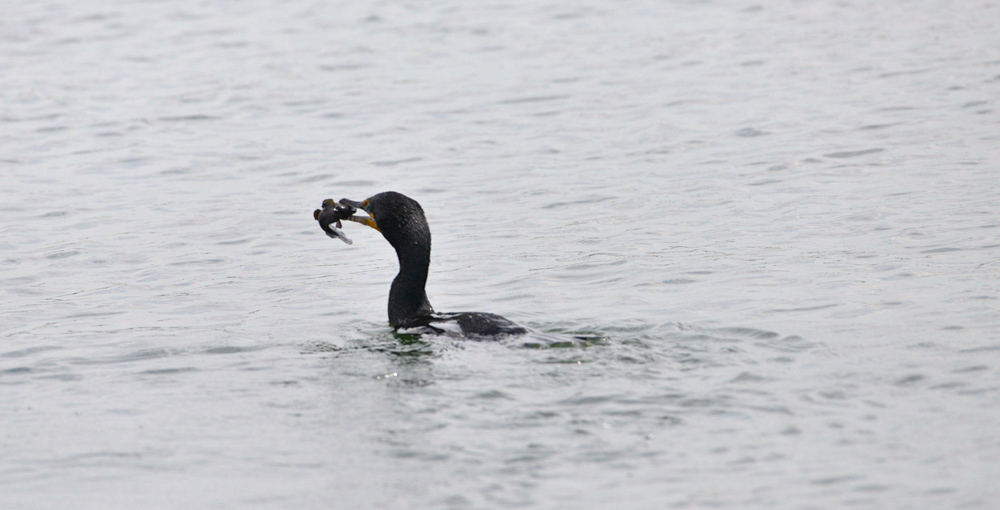
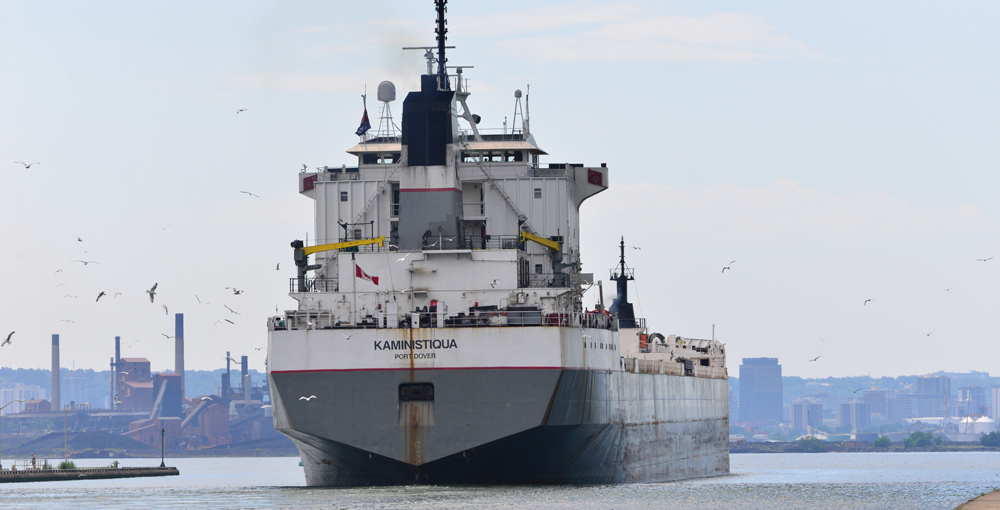
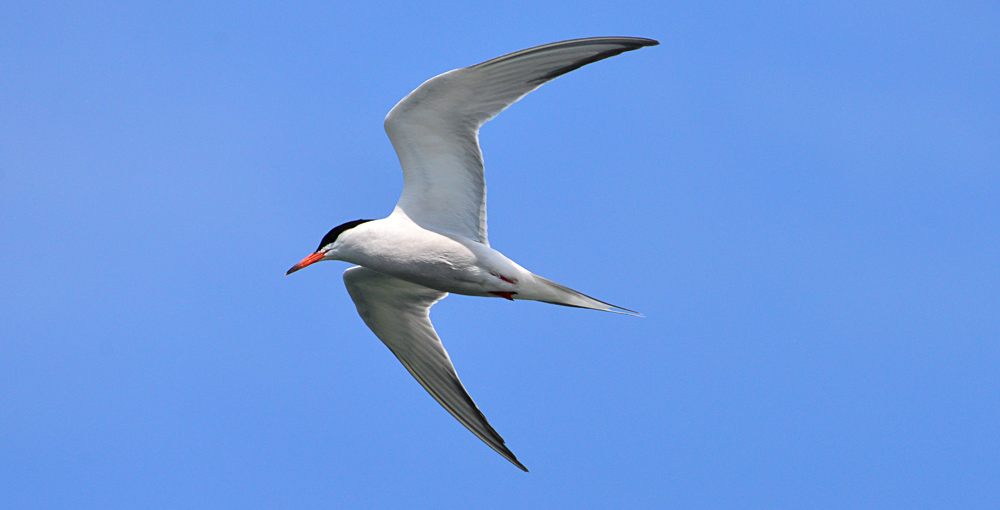
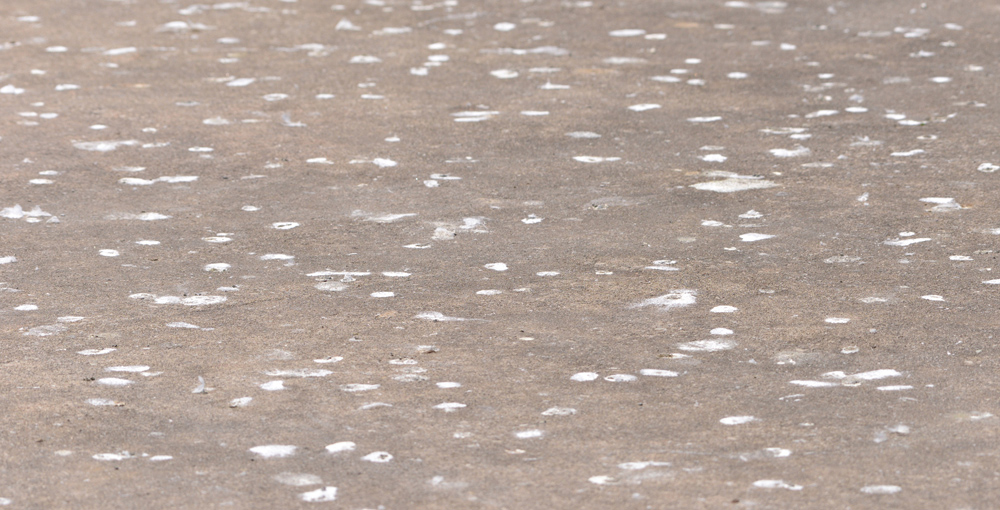
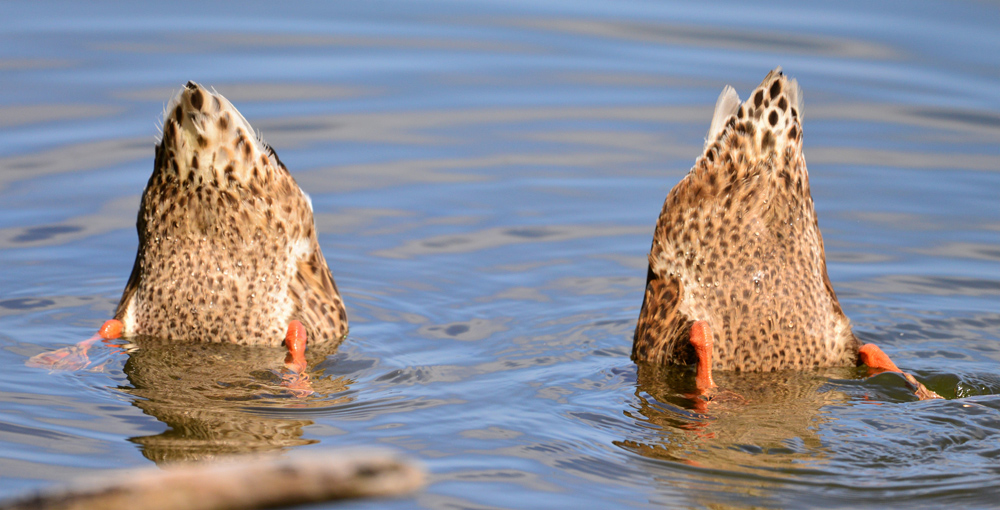
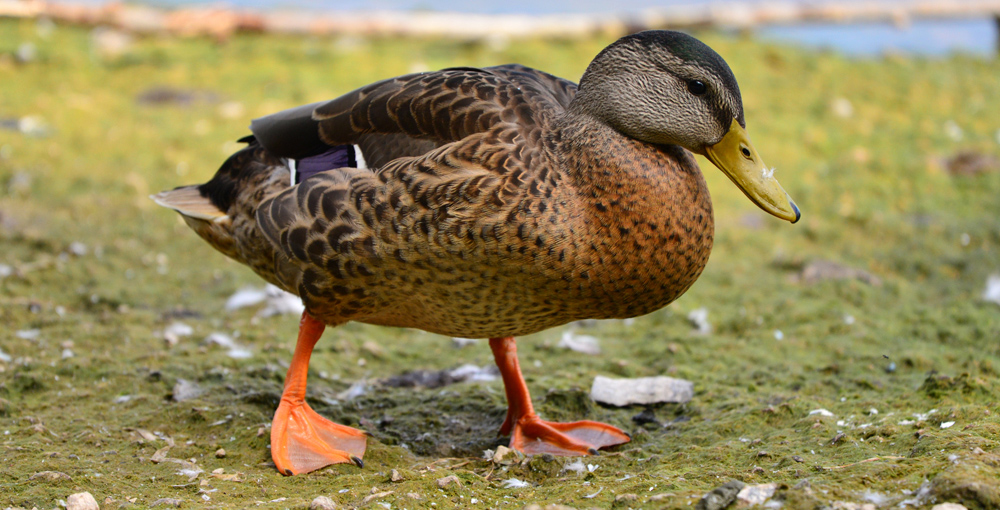

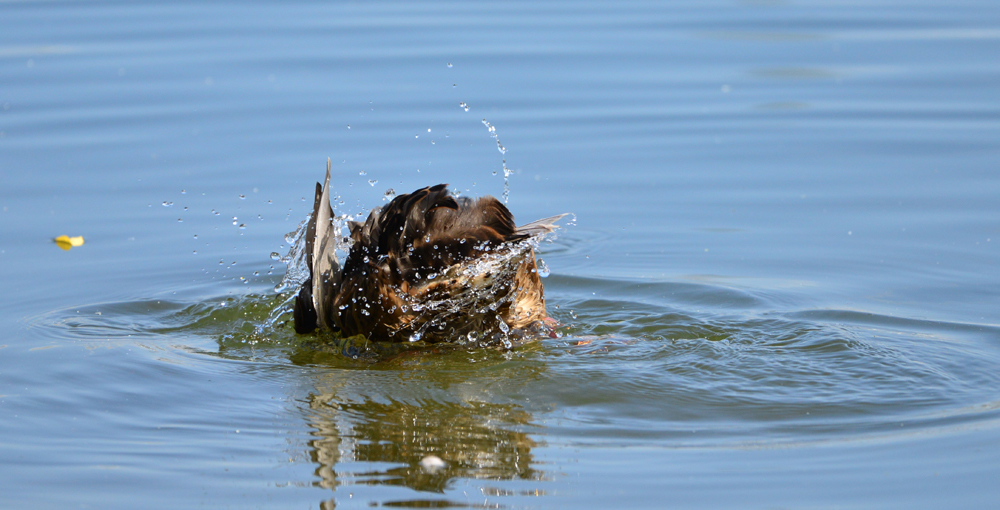
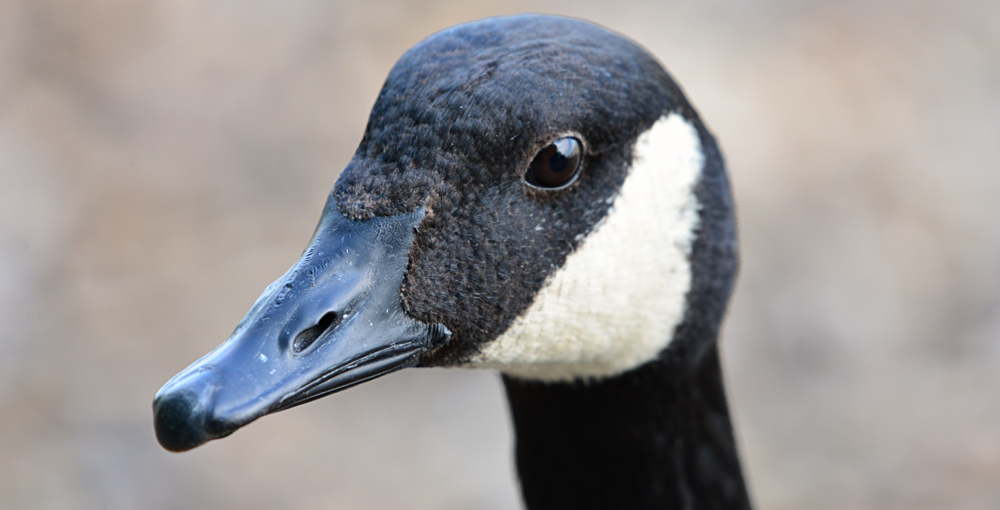
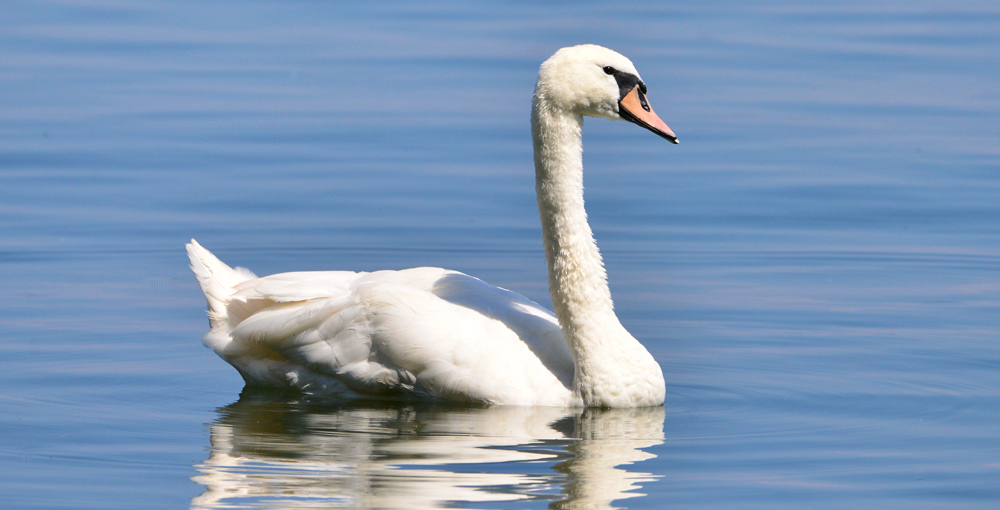
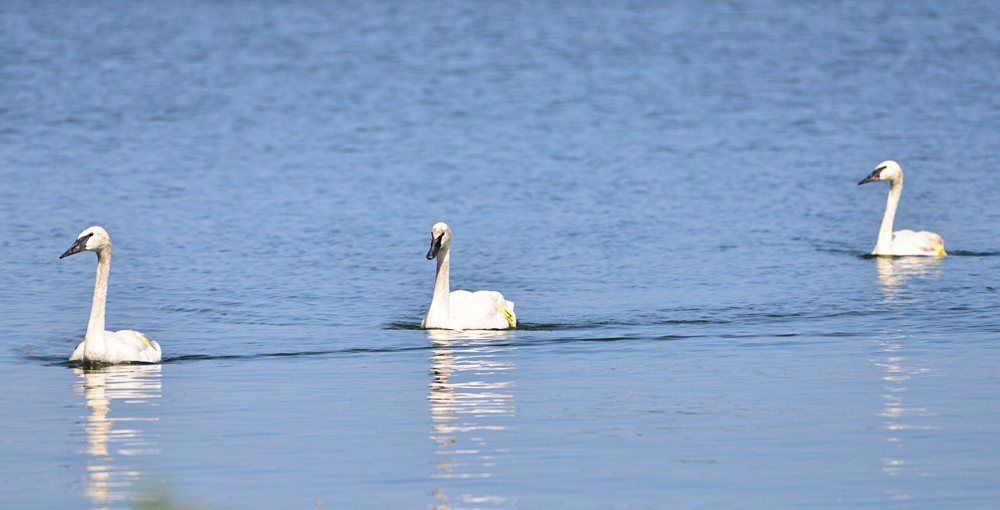
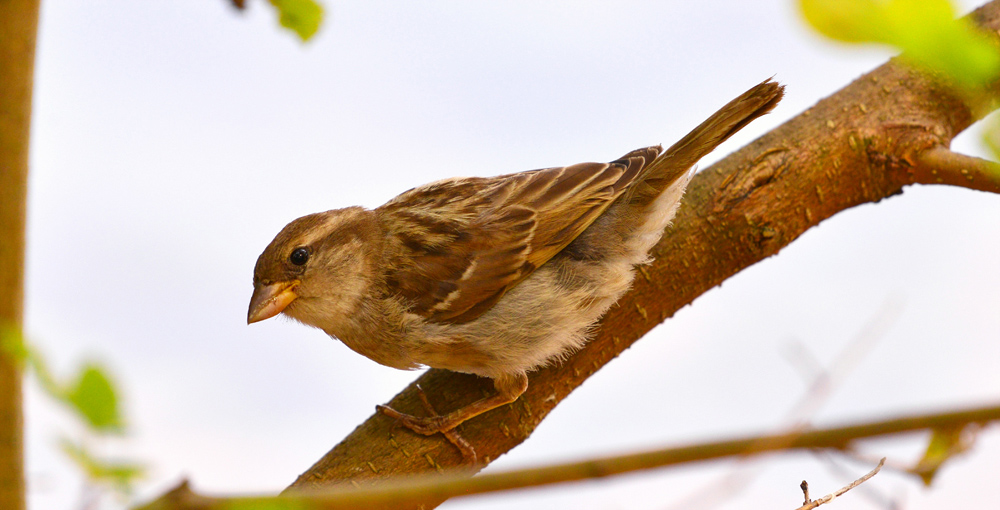
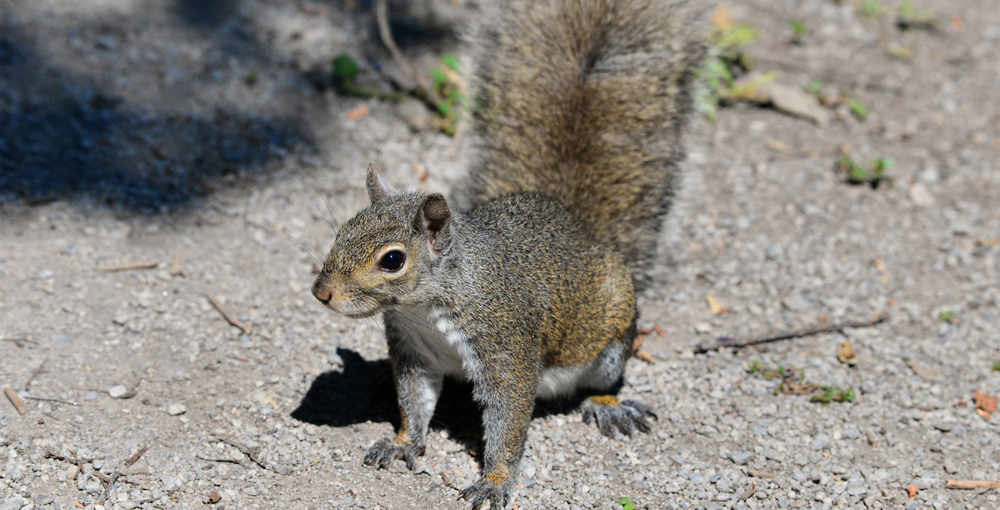
Thanks Pat. And I know what you mean, it seems very strange to enjoy such a diverse range of wildlife as you stand in the shadow of a steel mill. Yet birds, fish, amphibians and mammals now thrive there. It really speaks to the power of nature.
What a great post. I would never have equated several tons of metal with a good birding opportunity. Learn something new every day…